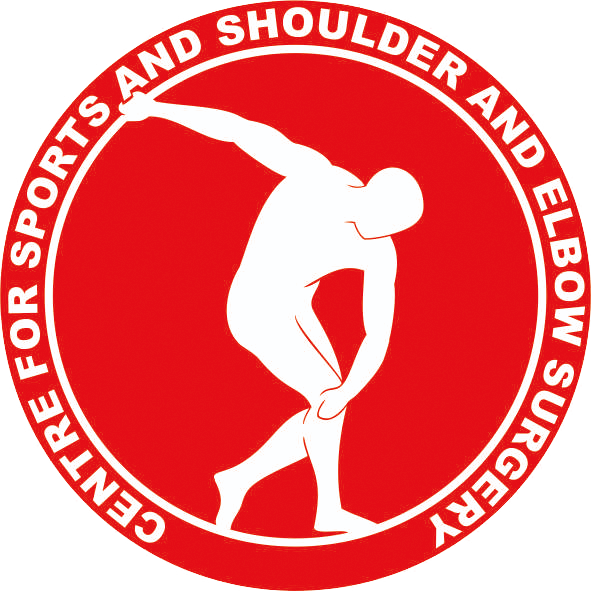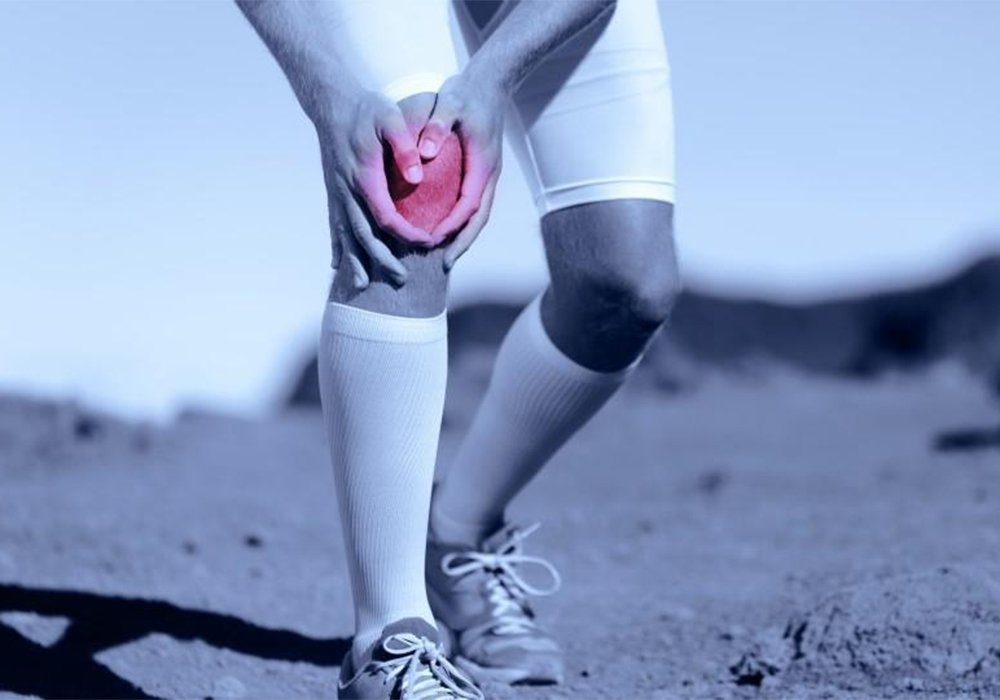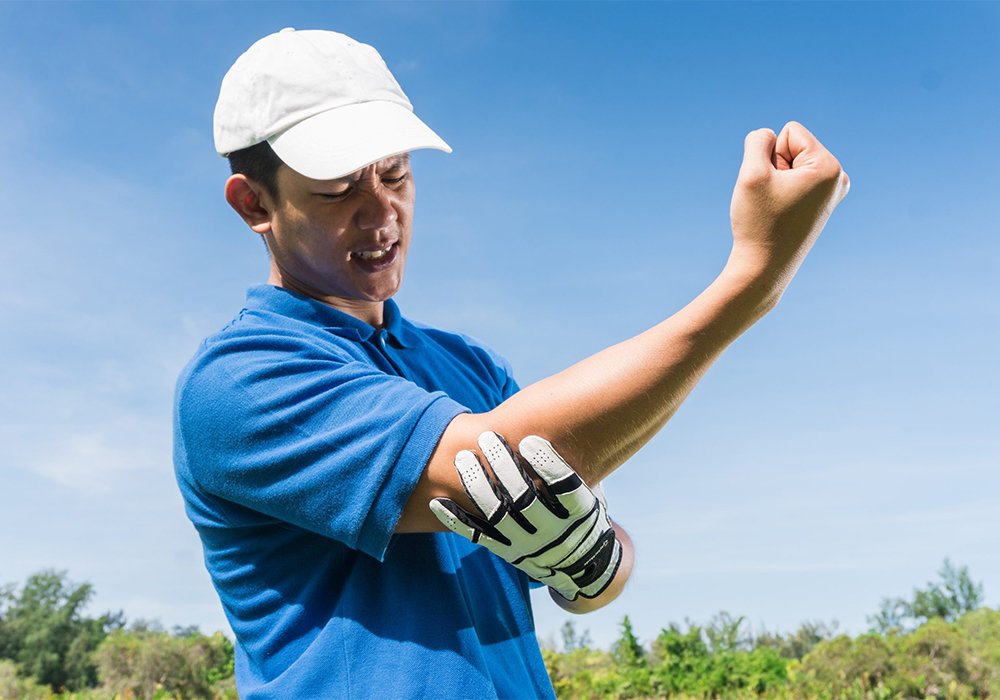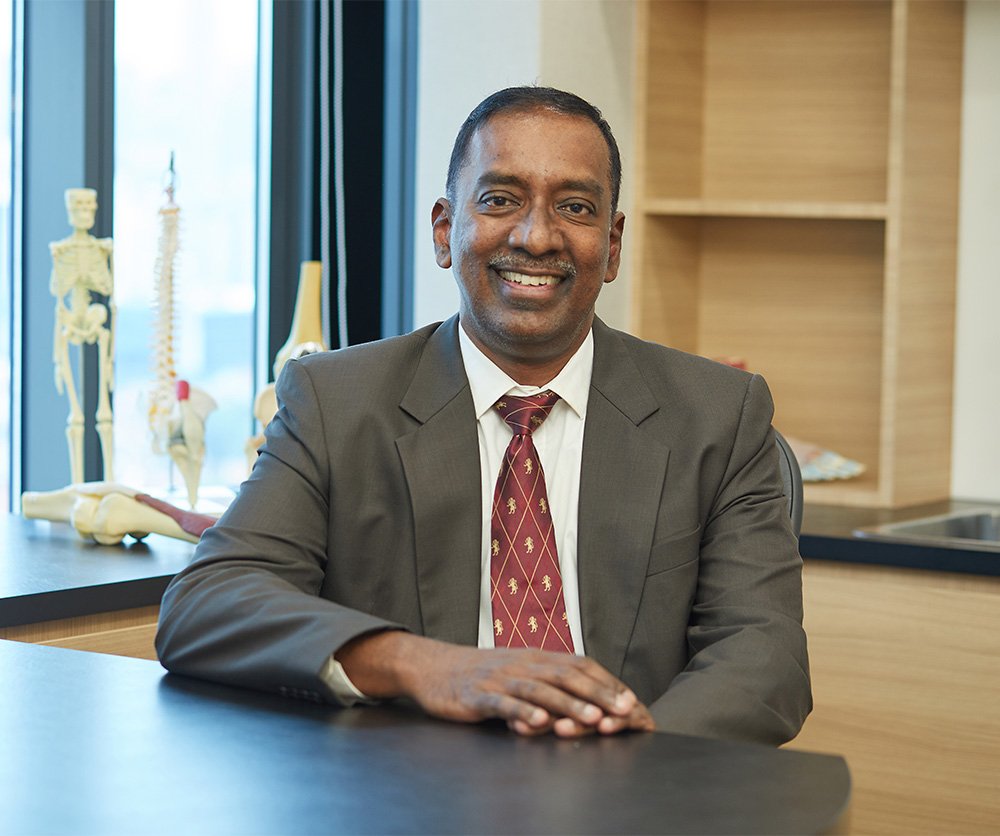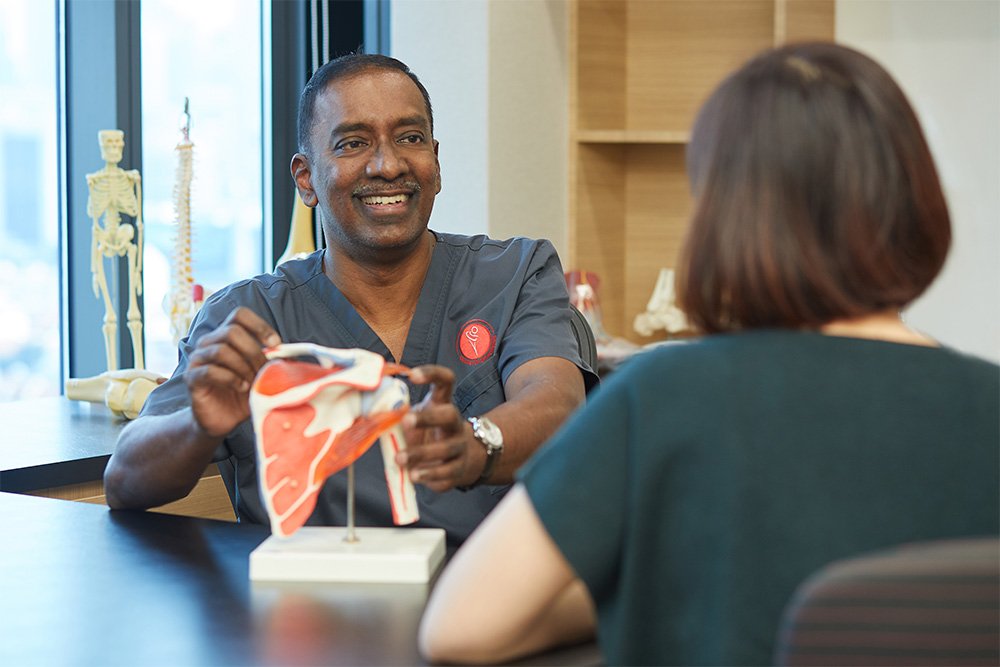Need Help?
How do I know if my shoulder pain is serious?
Shoulder pain should never be taken lightly. Our shoulders are used in the simplest of everyday activities, such as wearing our clothes, washing our hair or even just reaching above our heads. However, they can be injured during our everyday actions or exercise.
As such, you should seek medical attention when you are experiencing any of the following:
- Pain or swelling that lasts more than 48 hours
- Loss of range-of-motion in your shoulder
- Instability or weakness when carrying loads
- Inability to wear your clothes without assistance
- Any obvious deformity in your shoulder
- Experiencing a fever, in addition to redness, pain and swelling in your shoulder
When should I see an Orthopaedic doctor?
Contrary to popular belief, you do not need a referral to see an Orthopaedic doctor. Most patients make an appointment with Dr Yegappan when they feel pain and cannot perform everyday activities such as working, playing sports and showering. If your pain is chronic and prolonged, it is highly advisable to see Dr Yegappan for a detailed diagnosis.
Should I continue to engage in sporting activities when I am experiencing pain?
Oftentimes, pain is our body’s way of telling us that something is not right. Dr Yegappan always advises his patients to listen to their bodies as pushing through the pain barrier can result in aggravated injuries. If your pain does not subside with RICE (rest, ice, compression and elevation), it is highly advisable that you seek professional medical advice. Injuries are best treated on the onset of pain; any additional strain can worsen the condition and delay your recovery.
Will I need an X-ray or MRI scan?
X-rays and MRI scans are useful if Dr Yegappan suspects that you may have a bone or soft tissue (e.g. tendons, ligaments, cartilage) injury. Such imaging scans are vital to providing information for an accurate diagnosis.
Do I really need surgery?
This depends on your condition and the type of treatment that you decide to undertake. In the event of a serious bone injury, immediate surgery may be beneficial to relieve pain and aid in recovery.
For less severe injuries, non-surgical treatments such as physiotherapy and splints will be recommended.
Rest assure that Dr Yegappan will go through all suitable options with you and advise you on your possible steps. Regardless of your treatment option, Dr Yegappan will be with you every step of the way.
